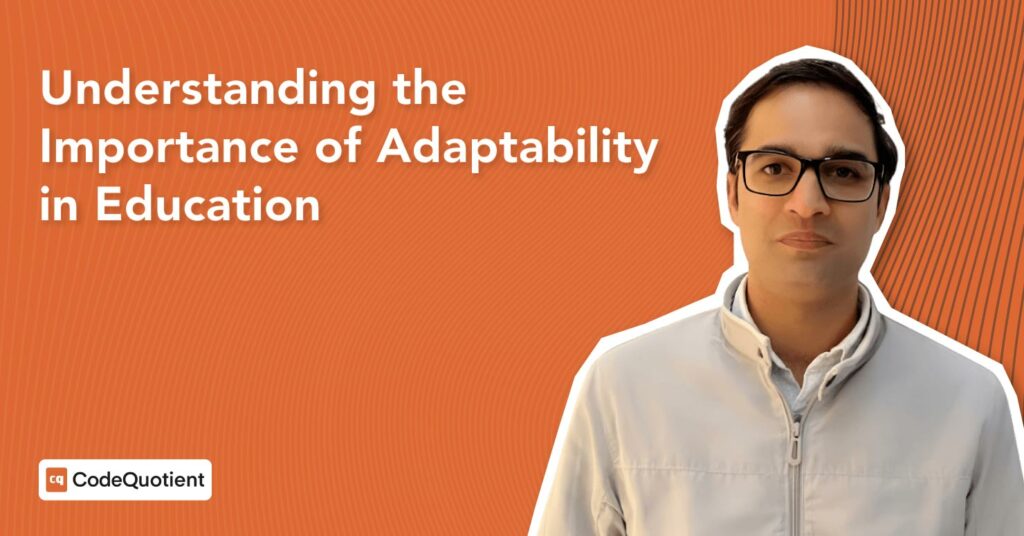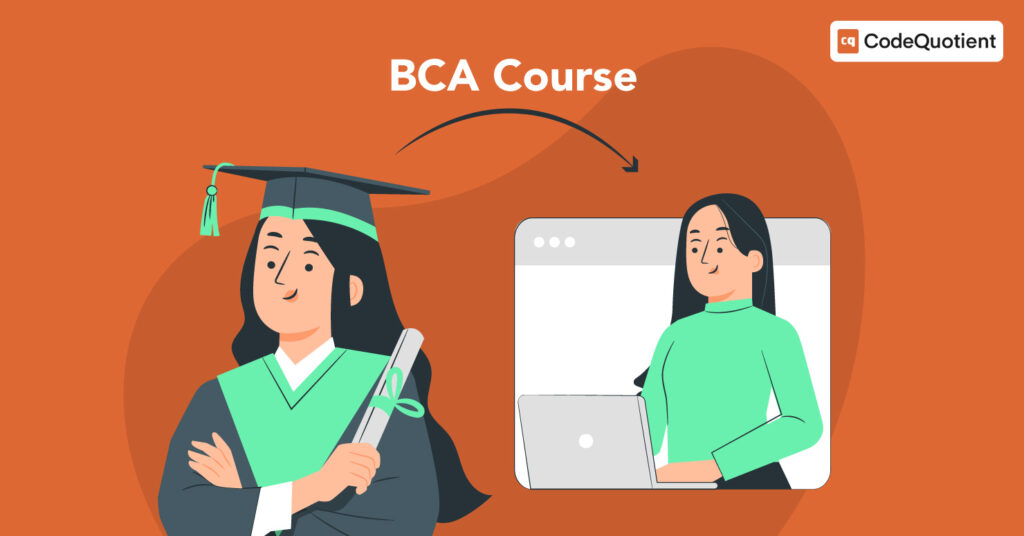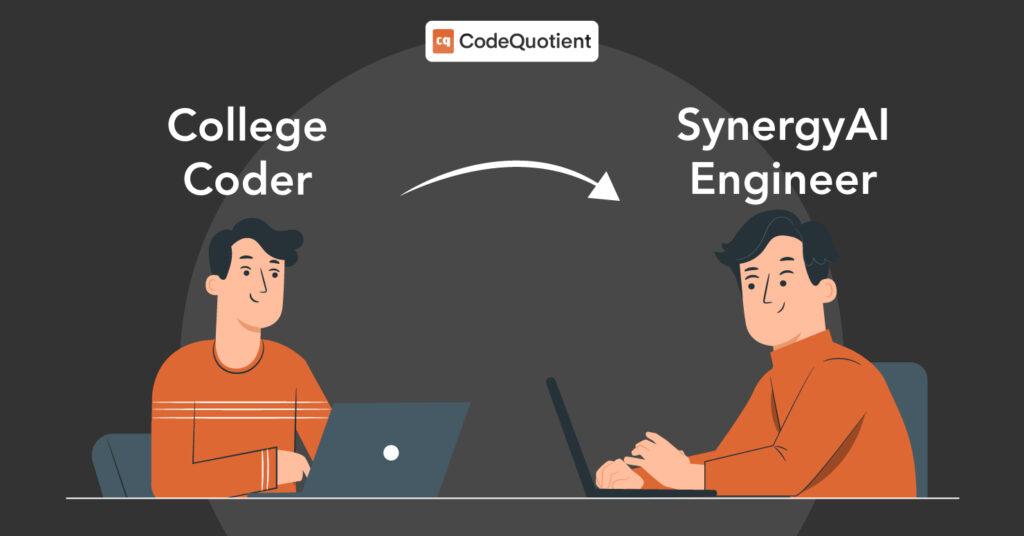It is hard to argue with the fact that studying in the US is a dream of many students—quality education, multicultural environment, and job opportunities. However, the process of getting US student visas and then getting a job and possibly a green card is not as easy.
In reality, many students embark on this journey with little knowledge of the challenges that lie ahead.
From the pressure of having to secure a job immediately after graduation to the lottery system of H1B visas, the experience can be quite a rude awakening.
It is important to understand these realities to be able to make the right decisions and be ready for them. In this article, I will suggest what you can and cannot expect when you come to the US with a student visa.
The Myth of a Seamless Journey
Some students think getting an F-1 student visa is the easiest way to get permanent residence in the United States. They envision an easy sequence: find a job, apply for an H-1B visa, and finally, apply for a green card.
However, the reality is far from perfect and is accompanied by certain difficulties.
The Initial Hurdle: Employment
After completing the course, F-1 visa holders can work in the US for up to one year (up to three years for STEM graduates) under the Optional Practical Training (OPT) program.
But here’s the catch: if you do not secure a job within 90 days of your OPT start date, you will be required to leave the country. This tight timeline places a lot of pressure on graduates, especially when they are looking for jobs in the market.
OPT: The Bridge to Post-Graduation
After you finish your studies, the OPT enables you to practice in your area of study for up to one year. For STEM graduates, this period can take up to 36 months.
However, as noted above, It’s crucial to find a job within 90 days of starting OPT.
H1B Visa: The Next Big Challenge
Securing an H1B visa is often the next step for many international graduates wishing to remain in the US. This visa allows you to work in the US for up to six years, but the process is stringent and full of risks.
Application Process
The H1B visa application process requires sponsorship from the employer. This entails filing a petition with the US Citizenship and Immigration Services (USCIS). The application period usually starts on April 1st each year.
The Odds Are Against You
There is a cap of 65,000 H1B visas issued annually, with an additional 20,000 for those with a master’s degree or higher from a US institution. The number of applicants far exceeds these limits. In recent years, around 300,000 applications have been submitted, making the odds of being selected in the lottery less than 10%.
Approval and Employment
If selected, your H1B visa is valid for three years and can be extended once for an additional three years. However, this does not guarantee your permanent residency.
The Great Myth: Green Card
Many students think the journey from H-1B to a Green Card is smooth sailing. However, the wait time for an employment-based Green Card can span several years, especially for applicants from countries with high demand, like India and China.
Students and workers who aim to transition from an H1B visa to a green card must go through a lengthy and complicated process:
- PERM Labor Certification: Your employer must obtain a PERM Labor Certification, proving that no qualified US workers are available for the job.
- I-140 Petition: After receiving the PERM certification, your employer files an I-140 Immigrant Petition for Alien Worker.
- Adjustment of Status or Consular Processing: Finally, you either adjust your status if you are already in the US or go through consular processing outside the US. This step involves several forms and, often, long waiting periods due to backlogs.
Tips to Make Life in the US Possible
So, is there a way out of this maze? Here’s my advice to secure your way into the US:
Start Early
Begin your job search well before graduation. Attend job fairs to maximise your chances of securing employment within the OPT window.
Target STEM Fields
STEM graduates have a distinct advantage with a 24-month OPT extension. This will give you a larger window to find H-1B sponsorship.
Network Relentlessly
Network like your life depends on it in this case, it quite literally does. Attend industry conferences, join professional groups, and connect with alumni. The more you expand your professional network, the better your chances of finding job opportunities and employers willing to sponsor your visa.
Acquire Soft Skills
While technical knowledge is essential, don’t underestimate the power of soft skills. US employers highly value communication, teamwork, and problem-solving abilities. These skills can set you apart in a crowded job market.
Research Thoroughly
Before making the leap, understand the visa requirements, job market conditions, and industry demands. Be prepared for the financial implications of studying in the US, including tuition fees, living expenses, and potential costs related to visa applications.
Consider Alternatives
Look into other visa options, such as the O-1 visa for individuals with extraordinary ability, or consider pathways to permanent residency through employment-based green card categories.
Seizing Opportunities and Thriving in the US
Studying and working in the US is exciting but requires careful planning and realistic expectations. Remember, success is not just about securing a visa; it’s about becoming a competent, adaptable professional who can thrive in any environment.
My advice is to focus on building your skills and expanding your knowledge, seek out opportunities, and be prepared for the challenges ahead.
The path is undoubtedly tricky, but the rewards of a successful career and life in the US can be well worth the effort.




